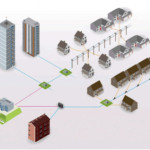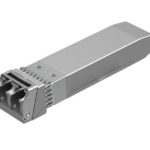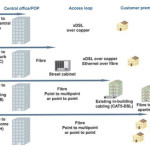The work of the IEEE P802.3ca 25 Gb/s and 50 Gb/s Ethernet Passive Optical Networks Task Force completed with the approval of IEEE Std 802.3ca-2020 by the IEEE-SA Standards Boards on June 4, 2020.
IEEE 802.3ca PONs will operate at the same splitting ratios as the earlier version of GEPON at the transmission distance of 20KM. it is unlike the multi-wavelength NG-PON2, it will not require tunable optics at the ONU (Optical Network Unit) endpoint to support the two 25Gbps wavelengths, thus it is easier and cheaper to develop than NG-PON2. The top-end aggregate transmission rate of 50 Gbps also is greater than the 40 Gbps current generation NG-PON2 systems are designed to support. (The NG-PON2 standard accommodates up to eight 10-Gbps wavelengths.) The specification is designed to enable symmetrical 10G to coexist with either symmetrical 25G or 50G traffic on the same fiber as well.
The ball is now in the court of the technology vendors to commercialize such high-speed PONs. Huawei has discussed its work in proprietary 25G PONs previously.
The P802.3ca Task Force originally began work in 2016 with a goal of developing 100G-EPON as well as 25G- and 50G-EPON. However, the 4x25G avenue was abandoned in the face of several technical and economic hurdles, including the difficulty of staying within ODN power budgets and finding four wavelengths that would promote interoperability at a reasonable cost.









